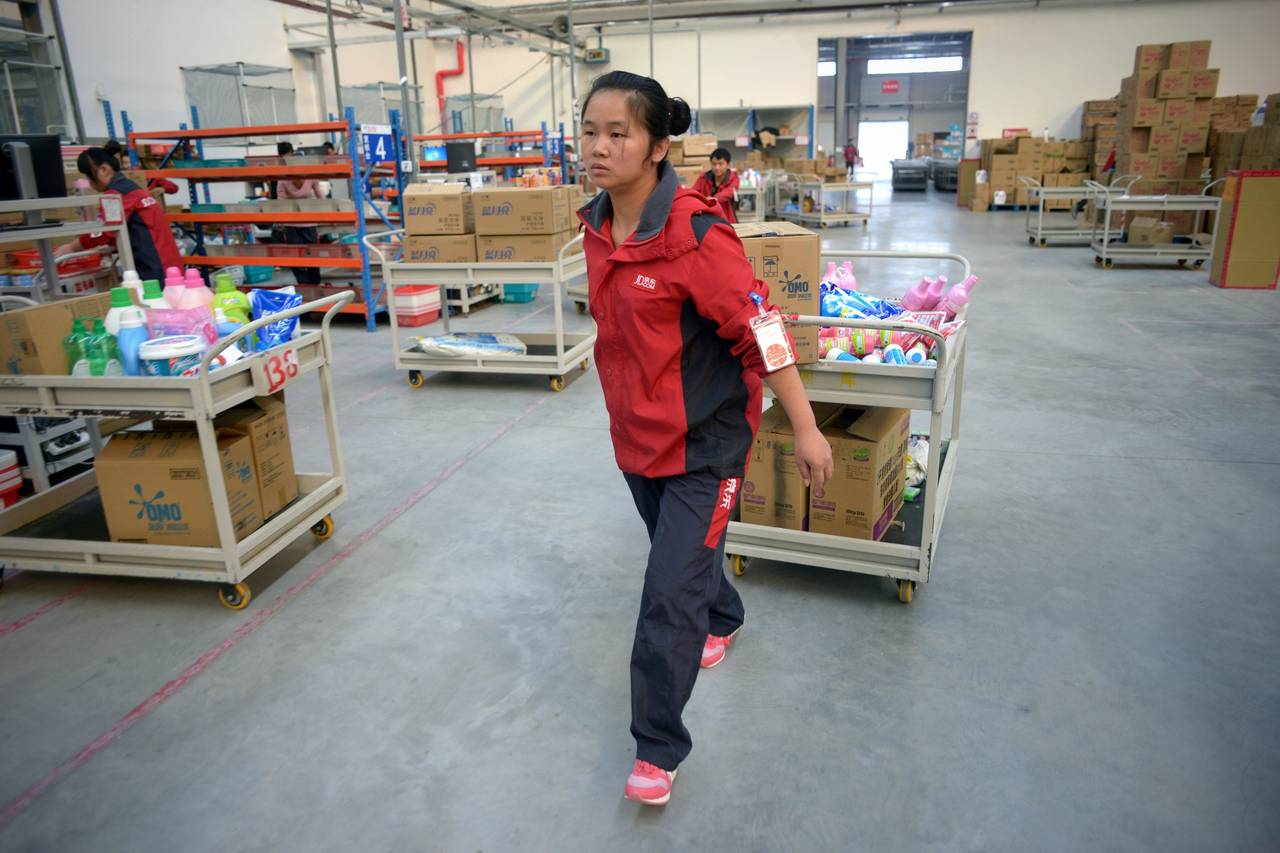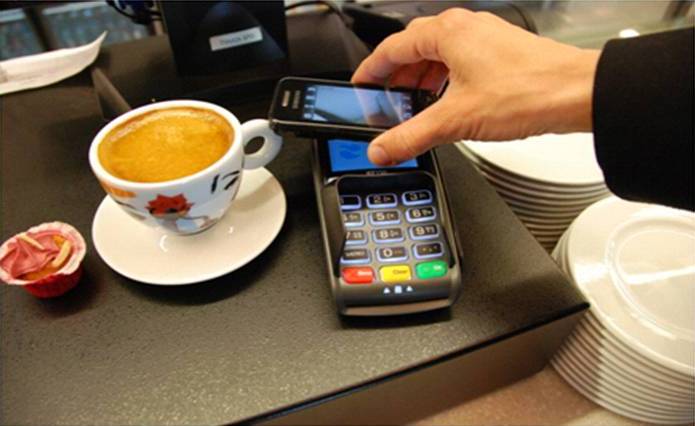
How Mobile Payments Reshape Lifestyles
By LI YUAN for wsj.com
A family’s finances show how phones increasingly become wallets
Piao Jianfeng says he seldom carries his wallet and hasn’t used an ATM to withdraw cash for two years. Instead, his phone is his wallet, and he uses it to pay for almost all of his everyday needs in Beijing, from taxis to utilities and grocery bills.
Mr. Piao’s spending practices reflect how technology is changing money and its use in China. In a country where just a decade ago only seven million people had credit cards and almost all transactions were conducted in cash, there is now a growing legion of people whose buying occurs predominantly through mobile devices.
Last year 358 million Chinese, or roughly half the country’s Internet users, made payments on their mobile devices, an increase of nearly two-thirds from 2014, according to a recent government report. As many Chinese leapfrogged over personal computers directly to smartphones, they made similar leaps in payment practices.
More than 200 companies compete in the fast-growing mobile-payment market. Alibaba Group Holding’s Alipay dominates, with 73% of total transaction volume in 2015, according to Beijing-based research firm Analysys International. WeChat Payment, a product of Tencent Holdings, ranked second with about 13%.
The research firm estimates that Chinese used their mobile devices to send payments and transfers totaling 16.4 trillion yuan ($2.5 trillion) last year, about double the amount in 2014 and more than 12 times the 2013 level.
The biggest concern for mobile payment is security. But in a country where many consumers say they are wary of traditional institutions like state-owned banks, the Internet giants have established some trust by setting up rules that people like Mr. Piao feel are more responsive to their needs. So most consumers don’t feel they are taking a big leap of faith with mobile-payment apps.
All of that has helped put China at the vanguard of mobile-payment adoption, meaning the cash-light lifestyle of people like Mr. Piao could indicate how mobile commerce is going to change lives elsewhere.
Image via Hosting Canada
Mr. Piao, 30 years old, owns a hair salon with his wife Zhang Naiyu in Beijing’s Sanlitun, a popular shopping and entertainment district. He styles hair and she does makeup and manages the store and two employees. The Piaos and their 14-month-old son live in an apartment above the salon with four British Shorthair cats.
About 70% of their customers (I’ve been one for four years) pay through WeChat. Mr. Piao and his wife prefer it over cash because they feel it is safe, fast and saves them from spending time making deposits at ATMs or banks. They, in turn, use mobile payments for most of their needs:
Everyday shopping. For many groceries, they shop at a neighborhood supermarket or online retailers JD.com and Yihaodian.com, owned by Wal-Mart. They use WeChat for those retailers, but also to order fresh produce and meat for delivery from a nearby street market, which has a WeChat account. Baby diapers and cat food all come from Alibaba’s Taobao site, paid for with Alipay.
Utilities. They use Alipay to pay their phone, electricity and water bills. Only the gas bill still needs to be paid through a bank.
 Restaurants. They order takeout with meal-delivery apps and pay with either Alipay or WeChat Payment, which also are accepted at many restaurants when they go out, including tiny noodle stands and big Western chains like KFC and McDonald’s.
Restaurants. They order takeout with meal-delivery apps and pay with either Alipay or WeChat Payment, which also are accepted at many restaurants when they go out, including tiny noodle stands and big Western chains like KFC and McDonald’s.Wealth management. Mr. Piao says they deposited about 100,000 yuan in Alipay’s money-market fund, which gets annual interest of about 2.6%—higher than the 0.3% at state-owned banks. But Mr. Piao adds that he didn’t invest in Alipay’s mutual funds and insurance products because the returns were lower than the couple had expected.
Big purchases. Like many Chinese, Mr. Piao has heard horror stories about credit-card fraud in which clerks swiped cards twice or cardholders had problems getting refunds, so he and his wife prefer Alipay even for buying big items at reputable chains. Their biggest purchase last year was an air purifier bought at an electronics chain for more than 10,000 yuan—using Alipay.
Business supplies. Previously, Mr. Piao paid cash to salon-supply stores to avoid being charged credit-card processing fees. Now those stores accept mobile payments, too.
Rent. He still pays this in cash, at his landlord’s request. “They’re older people,” he explains. That’s where most of his cash income goes. With the leftover, he has been able to stay away from ATMs for two years.
Sometimes, Mr. Piao has found himself at a store that didn’t accept either Alipay or WeChat Payment. But there is a mobile solution for that, too: He transferred the amount to a salesperson, he says, and the salesperson settled with the cashiers for him.
The article first appeared in wsj.com






